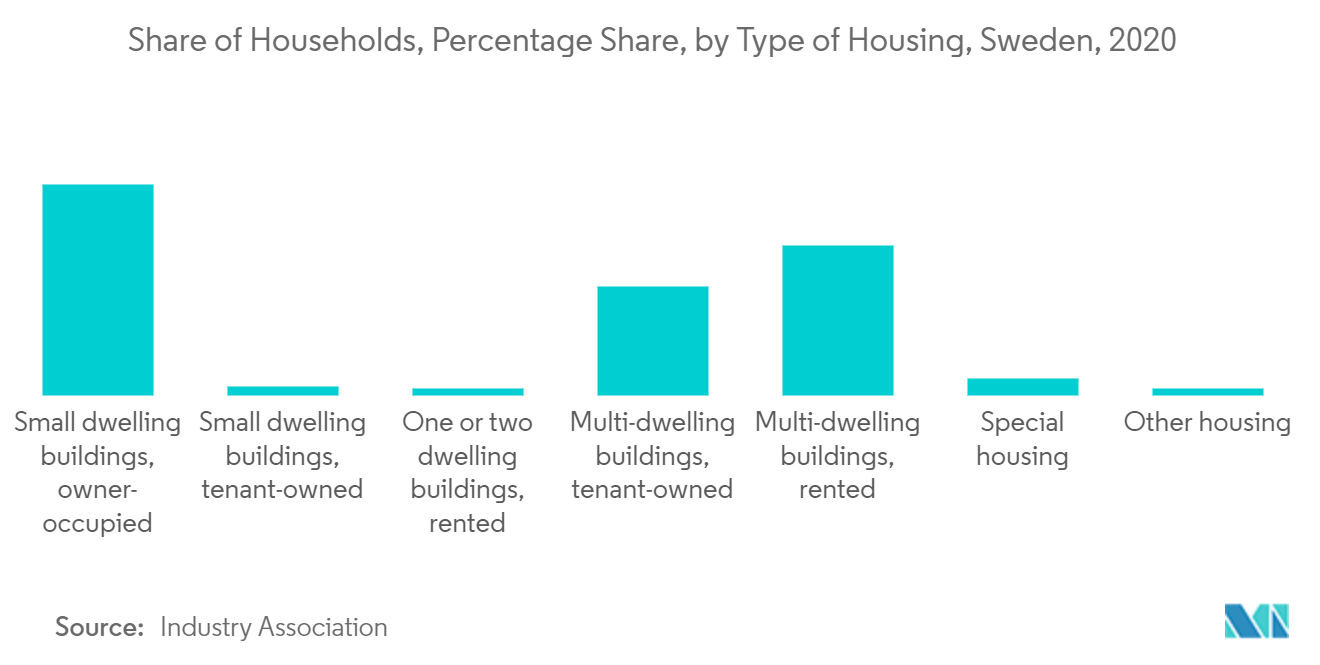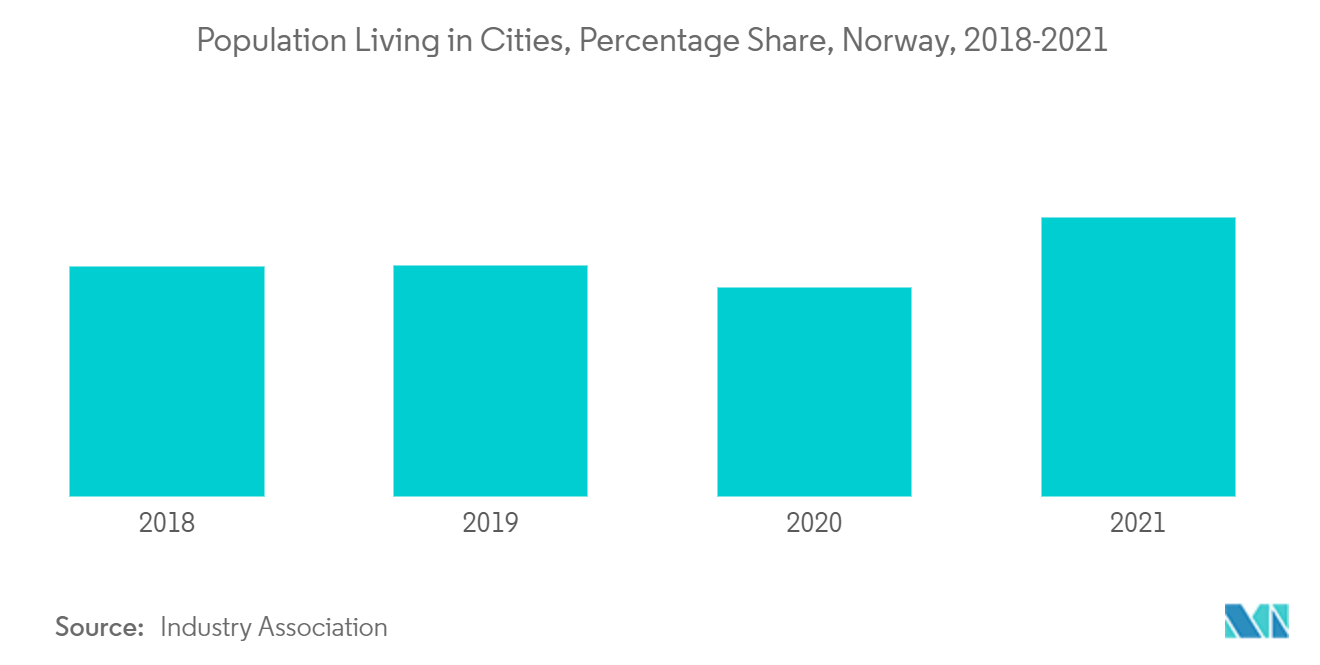Market Trends of Scandinavia Prefabricated Housing Industry
This section covers the major market trends shaping the Scandinavia Prefabricated Housing Market according to our research experts:
Prefabricated Home Building Expertise of Sweden Driving the Market
Sweden is the world leader in prefabricated building. As many as 84% of Swedish detached homes have prefabricated elements, compared with about 15% in Japan and 5% in the U.S., U.K. and Australia. Prefab and modular home-builders in Sweden have pioneered off-site construction and have figured out how to make it successful on a scale that few other places have matched. Sweden stands out as the foremost innovator in homebuilding process and energy performance in Europe. 96% of Swedish Housing is built using an off-site process, and on average Swedish houses consume less than 50% of the energy of American Homes.
Rapid urbanization and the need to overcome housing shortages have provided market space for prefabricated structures. Sweden is widely regarded as the leading country of offsite manufacturing, leading the world in terms of the sheer number of panelized single dwelling residences, which represent over 80% of the country's overall housing market. Sweden has the world's highest percentage of factory-built wooden houses in the world, mainly using closed wall panels and the trend is set to continue, with contemporary market stressors providing grist to the prefab mill.

Increase in Norway Prefabricated Housing Demand
Norway is located in Northern Europe, where it borders Sweden, Finland, and Russia. The urban population in Norway is increasing. Today, over 70% of Norway's population lives in the cities, and the number is increasing. Oslo is one of Europe's fastest-growing cities, and the population is expected to rise by 30% in 2030. In 2021, Norway's population was 5.4 million a 0.43% increase compared to the previous year. The highest number of urban residents can be found in the country's capital, Oslo, with approximately 1 million Norwegians living there. The statistic shows the degree of urbanization in Norway from 2018 to 2021. Urbanization means the share of the urban population in the total population of a country. In 2021, 71.37% of Norway's total population lived in urban areas and cities.
Due to the rising urban population, there is an increase in demand for prefabricated houses in the country. Many people are demanding prefabricated houses because of low cost and the less built time as compared to on-site built houses. In January 2022, the number of new home construction projects in Norway increased by 72% compared to the same month last year 2021. The construction of a total of 26,118 new buildings was started in the year 2021 which is 11% higher than in the previous year.


